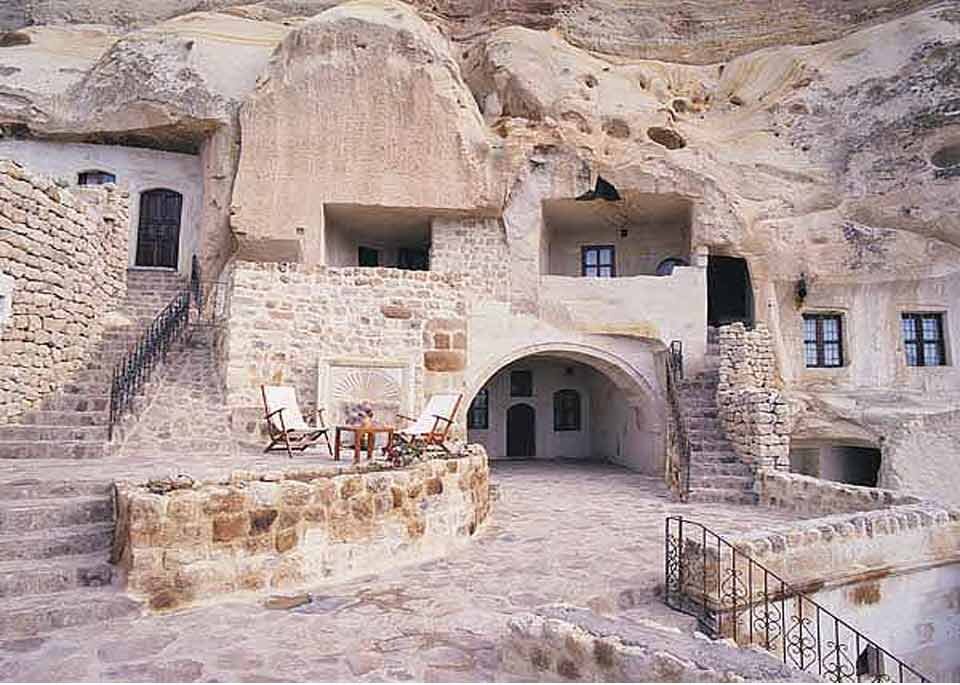MAYMAND IS UNESCO-LISTED CITE
Maymand, a UNESCO World Heritage site in Iran's southern Kerman province, has undergone improvements with cobblestone paving along sections of its touristic routes.

MAYMAND IS UNESCO-LISTED CITE
Maymand, a UNESCO World Heritage site in Iran's southern Kerman province, has undergone improvements with cobblestone paving along sections of its touristic routes.
The effort aims to preserve the visual appeal of the ancient village while facilitating easier access for visitors, according to Reza Riyahian, the director of the Maymand World Heritage Base.
“With funding from national, provincial, and local sources, more than 2,500 square meters of pathways in the village have been paved,” Riyahian stated.
He further explained that the initiative included building access ramps, installing water drainage channels, and paving pedestrian walkways to enhance infrastructure for both residents and tourists.
Maymand, renowned for its troglodyte architecture, is a rare example of human adaptation to harsh environmental conditions. The village is part of a larger 12,000-hectare cultural landscape, registered by UNESCO in 2015 for showcasing the unique interaction between humans and nature. The locals’ lifestyle revolves around a centuries-old tradition known as the "three-stage migration," reflecting their resourceful response to the region's demanding climate.
Riyahian emphasized the importance of these improvements, noting that Maymand is a major destination for both domestic and international tourism due to its historical, cultural, and natural significance. With the new cobblestone paths, visitors will have a more comfortable and immersive experience as they explore this ancient site.
Sandwiched between a desert and a mountain, Maymand has cold winters and exceedingly hot summers yet abundant with mulberry and blackberry trees. Living conditions in the village are considered severe due to the aridity of the land, high temperatures in the summer, and very cold winters.
It is believed to be one of human’s primary residents in the country as its history stretches far back in time to about 10,000 years ago. Some of its natural and manmade caves are still used for housing and shelter.
The houses in the continually inhabited village are carved like caverns inside the mountain. The internal spaces have corridors and pillars featuring rural architecture. The houses are situated on four or five stories, one on top of the other.
Narratives say the early residents did not use a hammer and chisel, but rather a type of local, pointed stone that was hard enough to carve images onto the rocks. This method of carving is still practiced in the region. Some of the stone engravings in the village date back to 10,000 years ago.
For the time being, the majority of inhabitants are semi-nomadic shepherds. They raise their animals on mountain pastures, living in temporary settlements in spring and autumn.
The community has a strong bond with the natural environment that is expressed in social practices, cultural ceremonies, and religious beliefs.
The local dialect contains words from the ancient Sassanid and Pahlavi languages. The dialect has barely changed due to the remoteness of the village.
The area is also home to various animals such as snakes, lizards, hedgehogs, deer, leopards, wolves, foxes, and also birds of prey. Few seasonal springs around the village contribute to the flourishing of agriculture in the area. In such an arid climate, residents have to collect every drop of water to make a living as their ancestors did.

Write your comment.